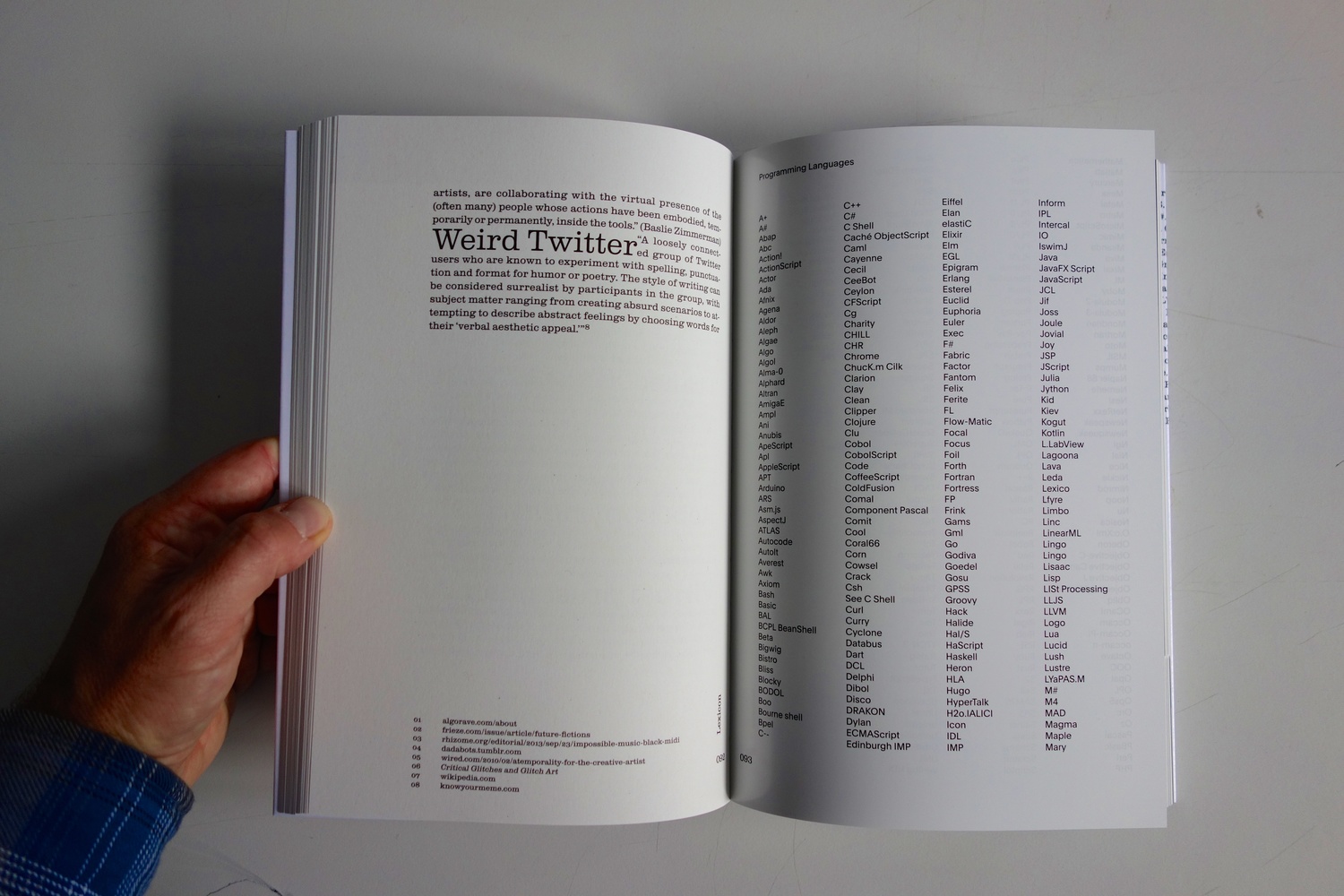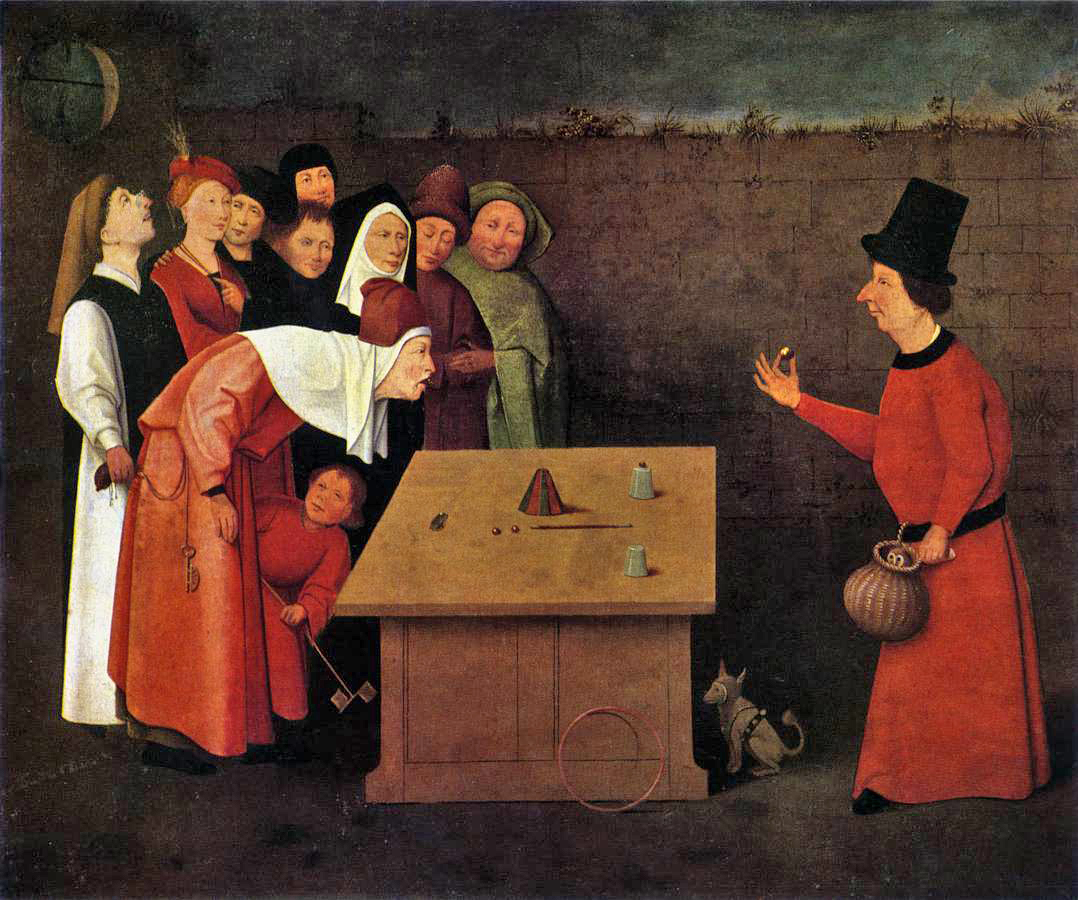In a recent post by Justine Giles on her MFA blog, Rhurbard Pyjamas, Giles includes a TEDxKC video of the writer and artist Austin Kleon’s talk Steal like an Artist graciously thanking Tanya Eccelston, visiting scholar at Whitecliffe College of Arts and Design for the link. In the video Kleon describes his methods of research and the role that collecting and appropriating play in his creative process. In contrast, the artist Aleksandra Mir describes in an interview with Lars Bang Larsen how the title of her work Hello came about. Mir tells the story of a student, named Happy, who she knew at art school who would greet arbitrary people as they went through the doors with a simple hello. Twenty five years later she thinks of Happy’s performance and says “it would be hard not to give him some credit for my work with Hello” (Mir, 2013).
These two examples probably sit at opposite ends of the spectrum in terms of ‘stealing ideas’ but none-the-less they highlight the significance of appropriation to artists in the creative process. I have always had a delicate relationship with appropriating. Somehow I felt like I may be cheating or not being true to my sense of originality by stealing; not from the original author or source, but in a strange way, from myself. It felt like some sort of moral and ethical defeatist paradigm. What I have come to realise is that I have been denying myself the full process of exploration and the irrefutable need to reference not only my past experiences, cultural or otherwise, but also those moments and creative outputs that have influenced me the most through the work of others.
This awakening to the real intent of appropriation is also exemplified by the filmmaker and director Jim Jarmusch. In a recent article in the New Zealand Listener, Alexander Bisley talks with Jarmusch about his recent movie Only Lovers Left Alive. Jarmuch’s approach to the creative process is one of contemplative instinct, referencing historical characters and exotic locations. Jarmusch describes the process in his latest offering to the cinematic world as a “kind of grope around in the dark” (Jarmusch, as cited in Bisley, 2014, p. 38). Bisely closes the piece with an extract from Rule #5 of Jarmusch’s ‘Golden Rules’, a reflective insight into his working process. Here I have included the extended quote:
Nothing is original. Steal from anywhere that resonates with inspiration or fuels your imagination. Devour old films, new films, music, books, paintings, photographs, poems, dreams, random conversations, architecture, bridges, street signs, trees, clouds, bodies of water, light and shadows. Select only things to steal from that speak directly to your soul. If you do this, your work (and theft) will be authentic. Authenticity is invaluable; originality is non-existent. And don’t bother concealing your thievery - celebrate it if you feel like it. In any case, always remember what Jean-Luc Godard said: “It’s not where you take things from - it’s where you take them to”. (Jarmusch, 2004)
In an age of FOLLOW’s, LIKE’s, SHARES’s and TWEET’s, the appropriation and dissemination of information has become part of a common culture. What once was an intellectual reflection on the uniqueness of individuality today it is an instinctual reflex instigated through an interface that encourages personal disclosure and cultivates a dichotomy of idiosyncratic homogenization. As the digital space become both a mimesis of everyday life and an environment with its own existence, more and more it becomes a space that requires comment and reflection.
References:
Jarmusch, J. (2004). Jim Jarmusch’s 5 golden rules (or non-rules) of moviemaking. Retrieved from http://www.moviemaker.com/articles-directing/jim-jarmusch-5-golden-rules-of-moviemaking/
Bisely, A. (2014, May 3-9). Bloodied, but alive. New Zealand Listener, 243(3860), 38-39.
Mir, A. (2013). Hello: In conversation with Lars Bang Larsen. In Lars Bang Larsen (ED.), Networks: Documents of contemporary art. (pp. 86-88). London, England: Whitechapel Gallery.






 [image] Hema Upadhyay, “Modernization” (photo by Anil Rane, image courtesy Chemould Prescott Road and the artist)
[image] Hema Upadhyay, “Modernization” (photo by Anil Rane, image courtesy Chemould Prescott Road and the artist)

 [image] Andreas Nicolas Fischer, Schwarm (2015)
[image] Andreas Nicolas Fischer, Schwarm (2015)